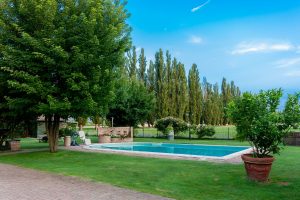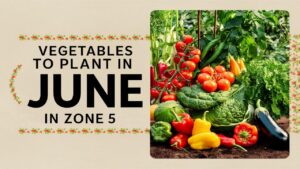This guide details what to plant in June, focusing on vegetables, flowers, herbs, and landscape plants that will flourish in the warm summer months ahead. Each entry includes information about temperature tolerance, planting dates, and additional helpful gardening tips.
Vegetables To Plant
Tomatoes
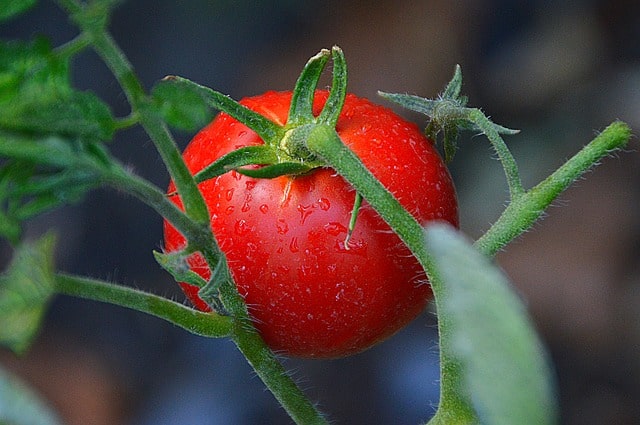
Temperature Tolerance: Tomatoes thrive best in warm conditions, ideally between 70°F and 85°F. They are susceptible to frost and should not be planted outside until soil temperatures consistently exceed 60°F.
Planting Dates: In Zone 5, tomatoes are typically transplanted outdoors in mid-June, once the threat of frost has passed and nighttime temperatures are steady above 50°F.
Additional Information: Tomatoes require full sun and benefit from support such as cages or stakes. Regular watering is essential, especially during dry spells. Consider companions like basil, which enhances their flavor and keeps pests at bay.
Cucumbers
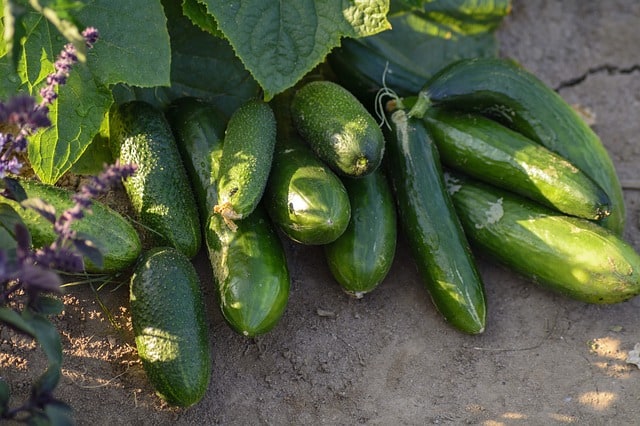
Temperature Tolerance: Cucumbers prefer daytime temperatures between 70°F and 90°F. They can germinate at soil temperatures of 65°F and require consistent warmth for optimal growth.
Planting Dates: Directly sow cucumber seeds in the garden around mid to late June, once all frost danger has passed.
Additional Information: Cucumbers grow best in well-drained soil enriched with organic matter. They benefit from trellising to save space and improve air circulation, which helps prevent diseases.
Peppers

Temperature Tolerance: Peppers are heat-loving plants that thrive at temperatures ranging from 70°F to 85°F. Cool temperatures below 50°F can inhibit growth and produce stunted plants.
Planting Dates: In Zone 5, transplant peppers outdoors in mid-June when the soil has warmed sufficiently.
Additional Information: Peppers appreciate full sun and consistent moisture. They can be sensitive to over-watering, so be sure to allow the soil to dry slightly between waterings. Interplanting with tomatoes can maximize garden space and deter pests.
Squash
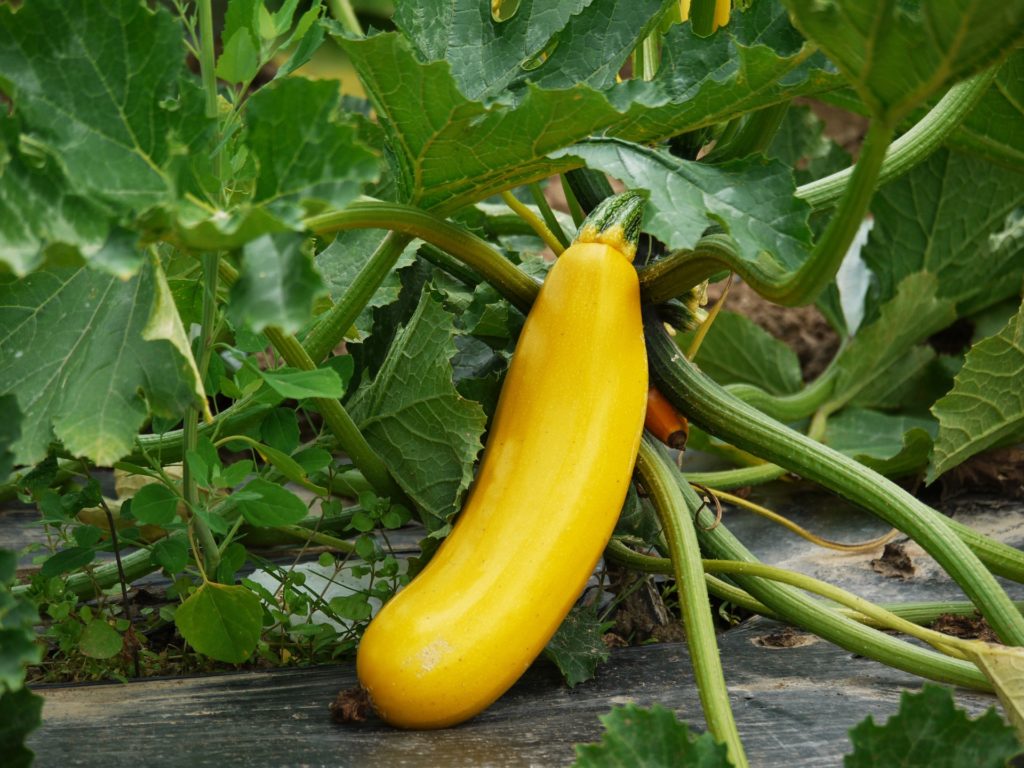
Temperature Tolerance: Squash prefers warm soil, thriving at temperatures between 70°F and 85°F. They should not be planted until the soil temperature consistently reaches around 60°F.
Planting Dates: Sow squash seeds directly in the ground during mid to late June in Zone 5.
Additional Information: There are summer and winter squash varieties with different growing needs. Summer squash like zucchini matures quickly, while winter squash like butternut takes longer to develop. Ensure proper spacing to allow air circulation, preventing fungal diseases.
Beans
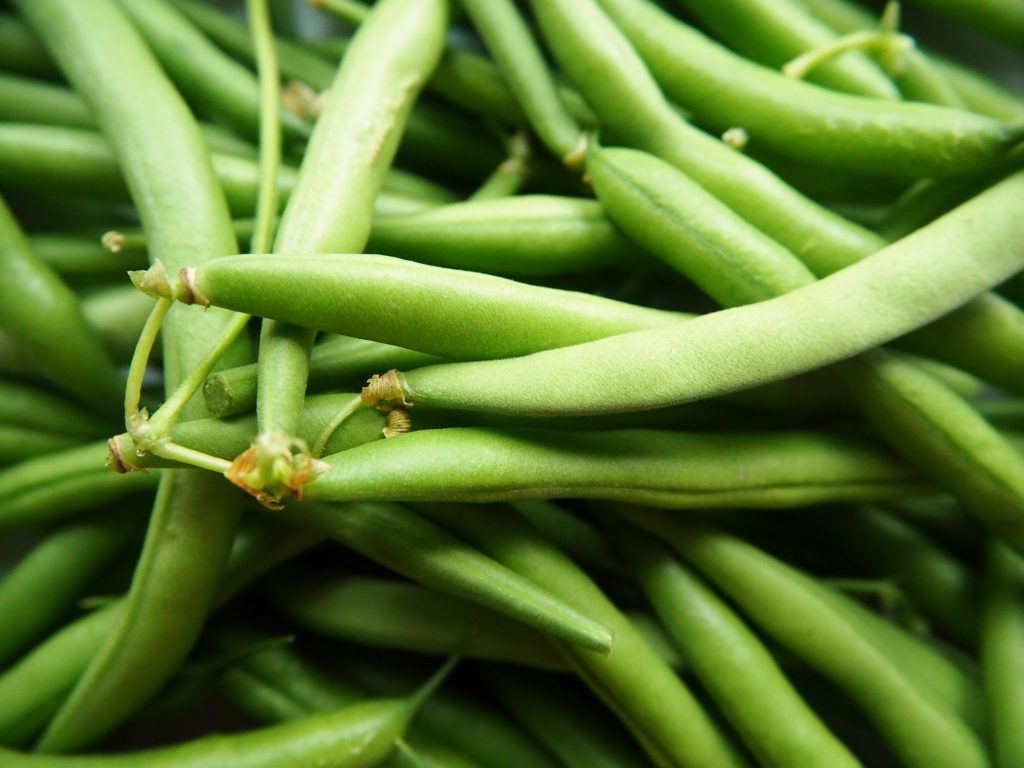
Temperature Tolerance: Beans grow best when temperatures range between 70°F and 90°F. They germinate most effectively at soil temperatures above 60°F.
Planting Dates: In Zone 5, sow bean seeds in early to mid-June, allowing for a lengthy harvest throughout the summer.
Additional Information: Beans enrich the soil with nitrogen, making them excellent companions for corn or squash. Use companion planting techniques to maximize growth and pest resistance. Regular weeding will help prevent competition for nutrients.
Corn
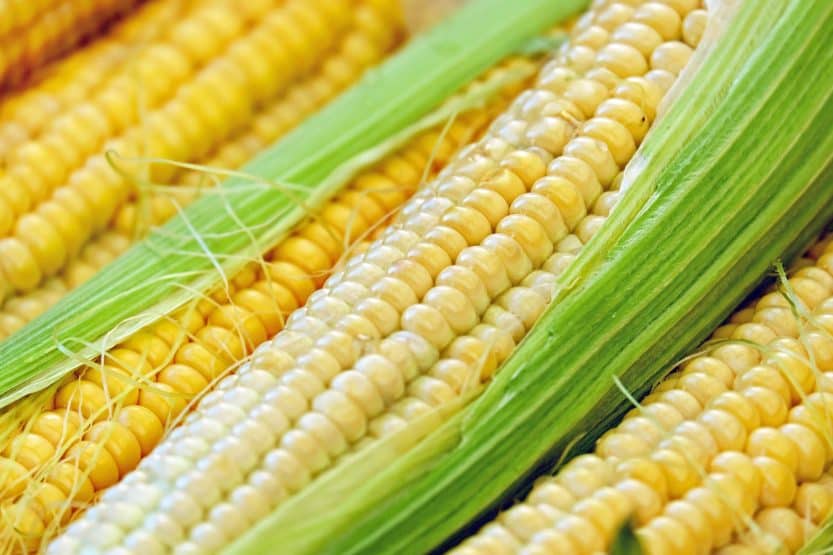
Temperature Tolerance: Corn prefers warmer conditions, thriving at temperatures between 60°F and 95°F while germinating best at soil temperatures above 60°F.
Planting Dates: In Zone 5, plant corn seeds from mid to late June to ensure a successful crop before the fall.
Additional Information: Corn is wind-pollinated, so plant in blocks instead of single rows for optimal pollination and yield. Be attentive to watering, especially in drought conditions, as corn is heavy feeder and requires significant moisture.
Melons
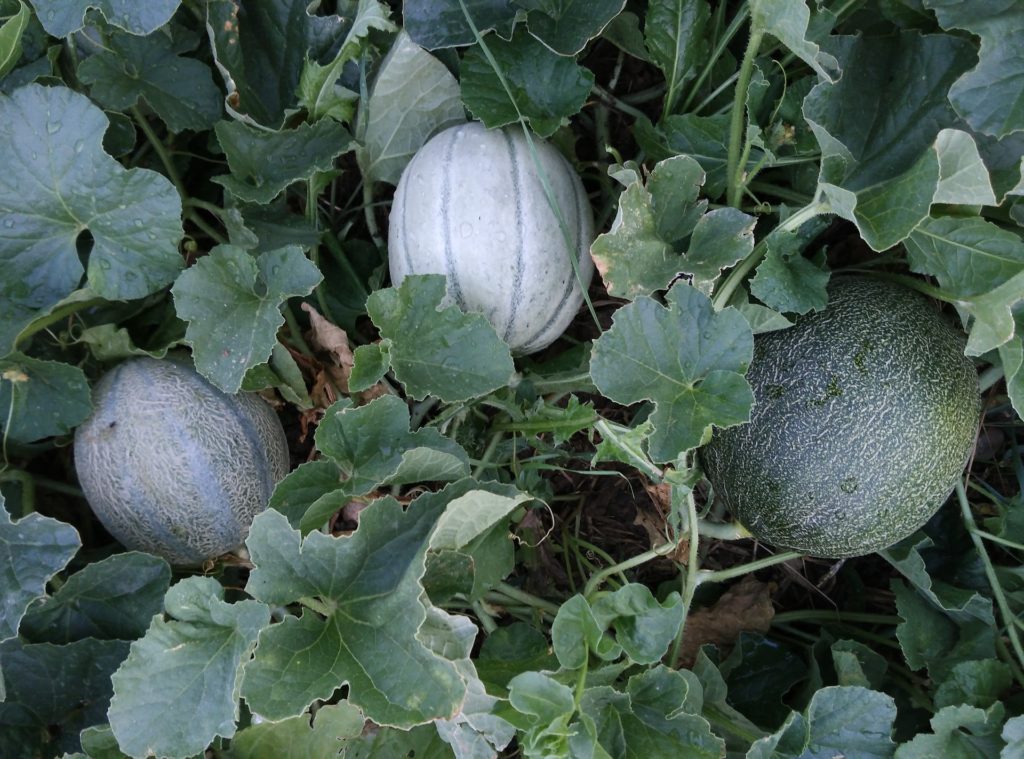
Temperature Tolerance: Melons thrive best in warm conditions, ideally between 70°F and 90°F. They are very sensitive to cold and should not be exposed to frost.
Planting Dates: Sow melon seeds directly in the garden in late June, ensuring that the soil is well-warmed.
Additional Information: Melons have sprawling vines that require adequate spacing and often benefit from mulching to keep weeds at bay and retain soil moisture. Regular watering is crucial during fruit development.
Carrots
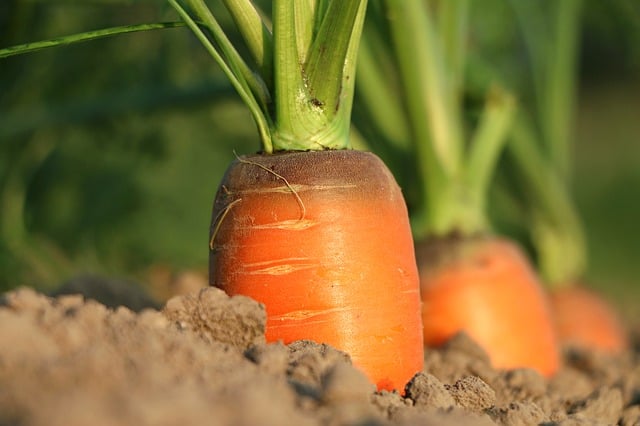
Temperature Tolerance: Carrots prefer cooler temperatures and do best when temperatures range from 60°F to 75°F, making them quite adaptable.
Planting Dates: Carrot seeds can be sown in June to enjoy a mid-summer harvest or eat fresh greens.
Additional Information: Carrots love loose, sandy soil for optimal root growth. Consider succession planting every couple of weeks for continuous harvests. Regular thinning will promote healthy root development.
Turnips
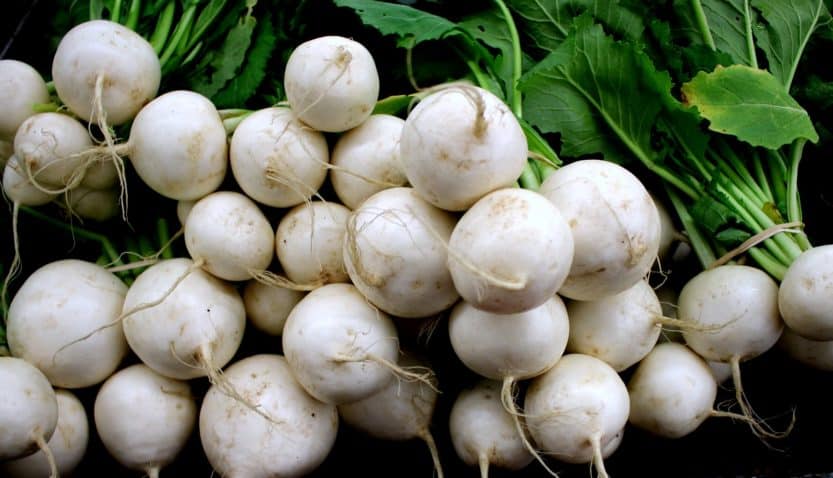
Temperature Tolerance: Turnips thrive best in cooler weather and tolerate temperatures ranging from 60°F to 70°F, making them suitable for late spring and summer planting.
Planting Dates: For Zone 5, you can plant turnip seeds in early to mid-June to harvest in late summer or early fall.
Additional Information: Turnips grow quickly and can be harvested for both their greens and roots. They prefer well-drained, moist soil and can be grown alongside carrots and radishes.
Radishes
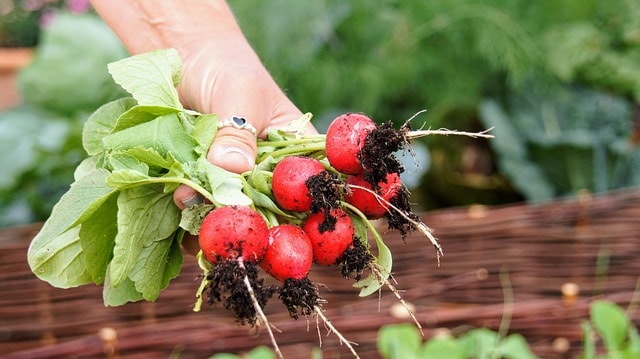
Temperature Tolerance: Radishes thrive best in temperatures between 55°F and 75°F. They are quick to bolt if temperatures rise excessively.
Planting Dates: Sow radishes in late June for a quick summer harvest, as they mature in about 3-4 weeks.
Additional Information: Radishes can be direct-seeded into the garden, allowing for successive plantings. Thin radishes early for larger root growth and enjoy the greens as well, which are nutritious and tasty.
Flowers To Plant
June also brings a wealth of opportunities for flowering plants. These ten flowers can be planted in Zone 5, thriving throughout the summer and into early fall.
Sunflowers

Temperature Tolerance: Sunflowers flourish in warm weather, preferring temperatures between 70°F and 90°F. They are fairly hardy but can suffer in extreme heat without adequate water.
Planting Dates: Plant sunflower seeds directly in the garden after the danger of frost has passed, typically around mid-June.
Additional Information: Sunflowers are easy to grow and make excellent cut flowers. They provide habitat and food for pollinators, making them a great addition to your garden. Harvest seeds for a healthy snack!
Zinnias

Temperature Tolerance: Zinnias thrive best in sunny, warm conditions ranging from 70°F to 85°F. They can get stunted in cooler weather.
Planting Dates: Sow zinnia seeds directly in the garden in mid-June when the weather has reliably warmed up.
Additional Information: Zinnias come in a variety of vibrant colors and shapes, are resistant to drought once established, and can be direct-seeded or transplanted from seedlings. Regular deadheading encourages continued blooming.
Marigolds
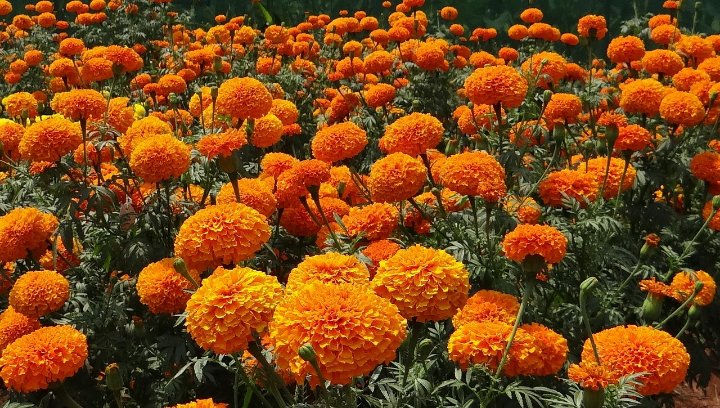
Temperature Tolerance: Marigolds prefer a warm environment, thriving in temperatures between 65°F and 75°F. They are quite adaptable but do not like frost.
Planting Dates: In Zone 5, marigolds can be planted outdoors in mid-June after the last frost date.
Additional Information: Marigolds are great for deterring pests, particularly nematodes, making them ideal companion plants for many vegetables. They are easy to care for and provide vibrant color throughout the summer.
Petunias
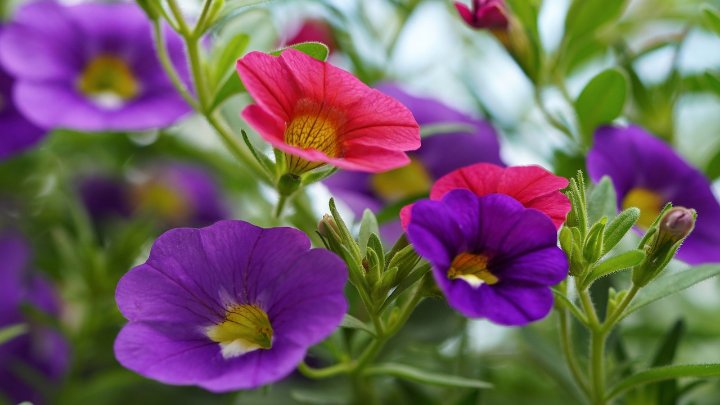
Temperature Tolerance: Petunias prefer moderate to warm temperatures of 60°F to 80°F a perfect fit for the June climate in Zone 5.
Planting Dates: Plant petunias from mid-June to mid-summer for a lovely display of color.
Additional Information: Petunias make excellent container plants or garden bed fillers. They thrive in well-drained soil and appreciate regular deadheading to promote more blooms.
Salvia
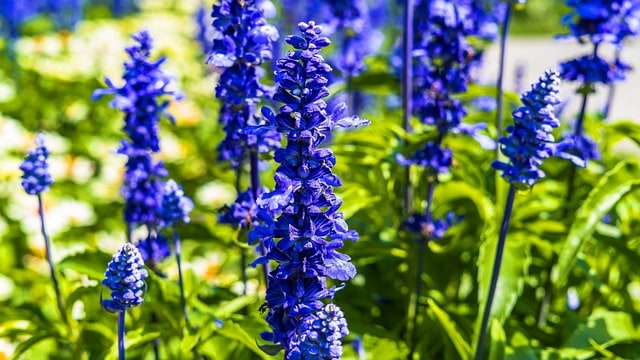
Temperature Tolerance: Salvia prefers warmer temperatures, growing best between 60°F to 70°F. Some varieties can handle heat but will suffer if temperatures drop below 50°F.
Planting Dates: Salvia can be planted in mid-June in sunny locations.
Additional Information: Salvia is known for attracting pollinators such as bees and butterflies. It comes in various colors, adding beauty and diversity to the garden.
Cosmos

Temperature Tolerance: Cosmos thrive in warm weather and prefer temperatures ranging from 70°F to 85°F. Too much cold can stunt their growth.
Planting Dates: Plant cosmos seeds in the garden in early to mid-June for a late-summer bloom.
Additional Information: These flowers are easy to grow and are excellent in borders or wildflower gardens. They require minimal care and can thrive in poorer soil conditions.
Snapdragons
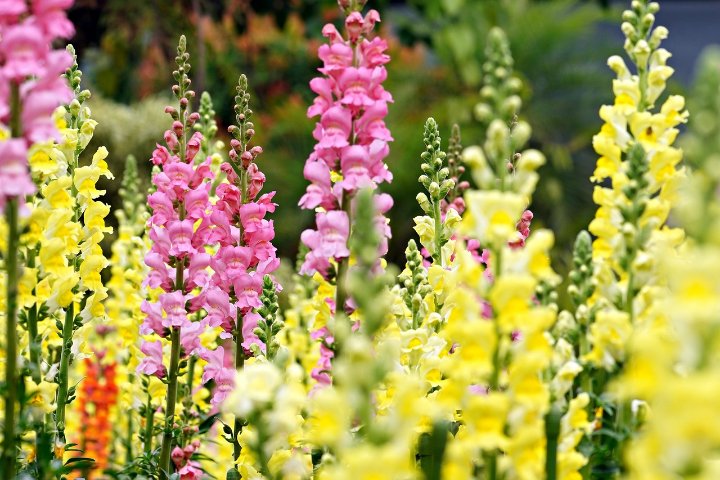
Temperature Tolerance: Snapdragons prefer moderate temperatures and can tolerate cool weather, thriving best between 50°F to 75°F.
Planting Dates: Snapdragons can be planted in June, especially early in the month before peak summer heat.
Additional Information: These charming flowers come in various colors and have a unique shape. They can serve as excellent cut flowers and add vertical interest to your garden beds.
Asters
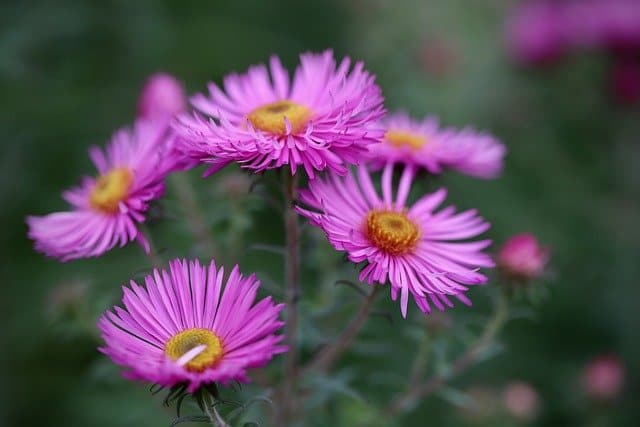
Temperature Tolerance: Asters do well in moderate temperatures, preferably 60°F to 70°F. They can withstand some cooler temperatures and frost.
Planting Dates: While typically planted in spring or fall, asters can be successfully transplanted in June for later bloom.
Additional Information: Asters bloom late in summer and into fall, making them a vibrant addition to gardens. They attract butterflies, and their colors contrast well with fall foliage.
Black-eyed Susans
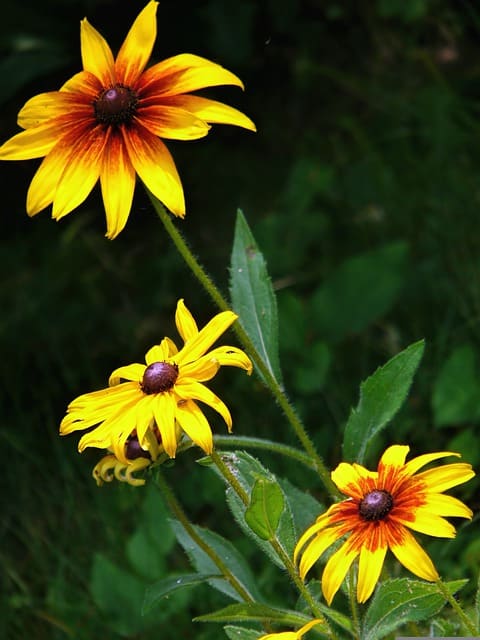
Temperature Tolerance: Black-eyed Susans thrive in warm weather, ideally 70°F to 85°F, and can withstand some cooler conditions.
Planting Dates: Plant black-eyed Susan seeds in mid-June to encourage rapid growth and flowering.
Additional Information: These resilient perennials provide beautiful yellow blooms and are great for attracting pollinators. They require minimal maintenance and can thrive in poor soil conditions.
Dahlias
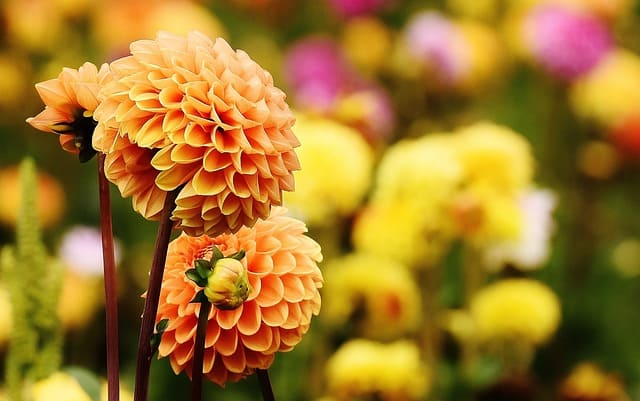
Temperature Tolerance: Dahlias prefer warm conditions and grow best between 70°F and 80°F. They can be sensitive to frost, so be cautious if late spring frost persists.
Planting Dates: Plant dahlia tubers in late June for dynamic summer blooms.
Additional Information: Dahlias can grow very tall, and staking may be necessary. They come in many sizes and colors, adding both beauty and variety to the garden.
Herbs To Plant
Herbs not only enhance culinary experiences but can also enrich the garden’s aesthetic and ecological balance. Here are ten herbs you can plant in June in Zone 5.
Basil
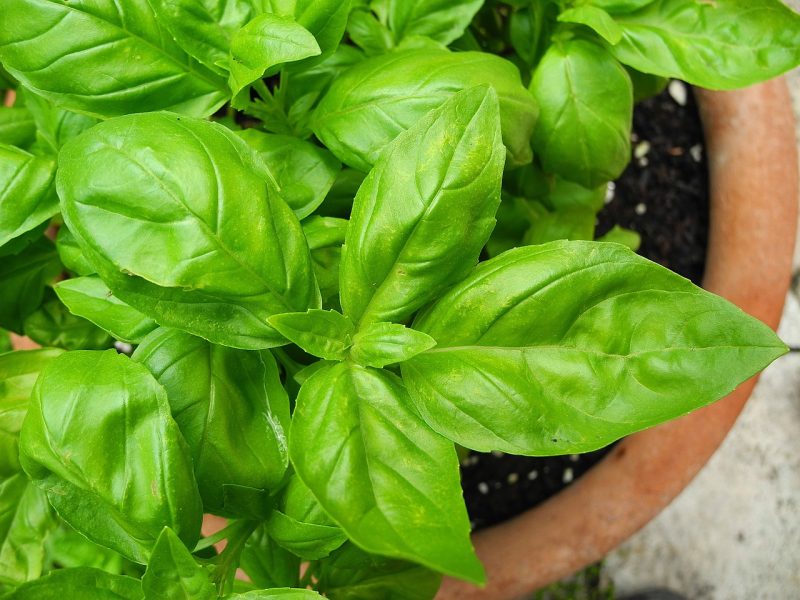
Temperature Tolerance: Basil thrives in temperatures between 70°F and 85°F and is particularly sensitive to frost.
Planting Dates: In Zone 5, it’s best to plant basil from mid to late June to maximize the warm growing season.
Additional Information: Basil grows well in full sun with consistent watering but doesn’t like soggy roots. Pinching back the tops promotes bushier growth and prevents flowering too early, which can alter the flavor.
Cilantro
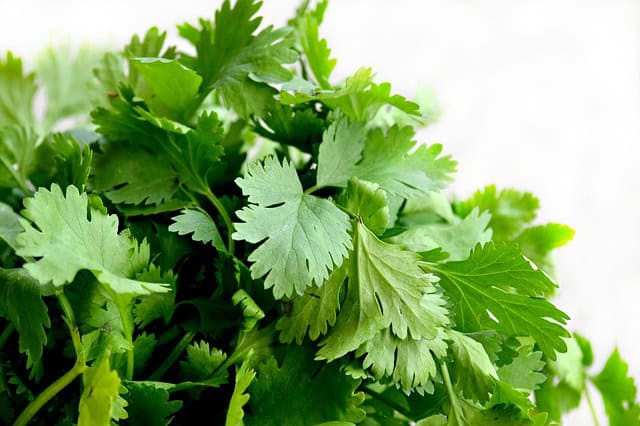
Temperature Tolerance: Cilantro prefers moderate temperatures, ideally between 55°F and 75°F. It tends to bolt and produce seeds when temperatures exceed 85°F.
Planting Dates: Cilantro can be direct-seeded in mid-June for fresh leaves throughout the summer.
Additional Information: Cilantro serves as both an herb and an essential ingredient for numerous recipes. After harvesting the leaves, let plants bloom to collect coriander seeds for a double benefit.
Oregano
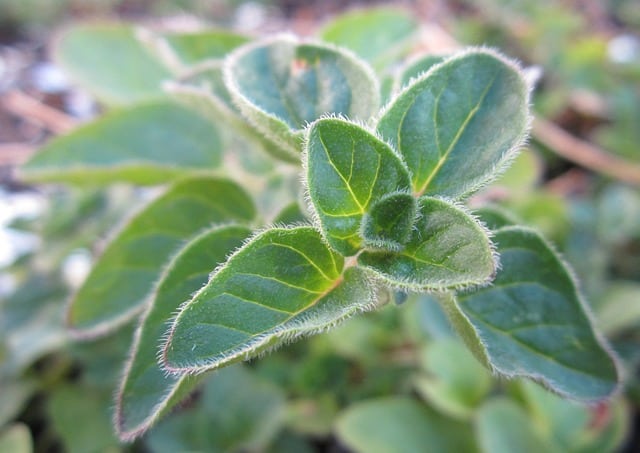
Temperature Tolerance: Oregano flourishes in warmer temperatures between 70°F and 80°F and is drought-tolerant once established.
Planting Dates: Plant oregano in June after the soil has warmed substantially, ideally towards mid-month.
Additional Information: Oregano is an excellent companion plant that deters pests. With minimal care needed once established, it’s a valuable addition to any herb garden.
Dill
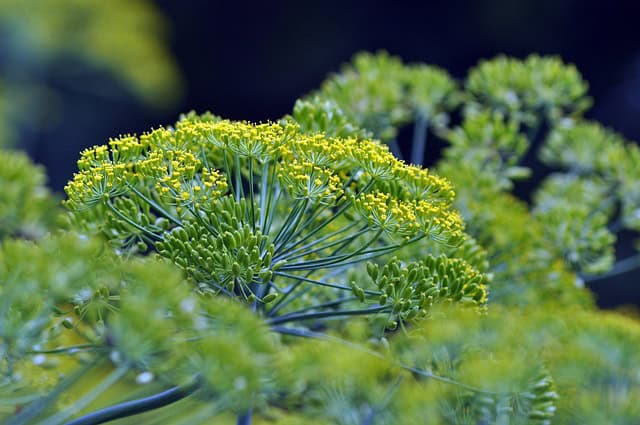
Temperature Tolerance: Dill prefers temperatures between 60°F and 75°F and can bolt in high summer heat, making timing important.
Planting Dates: Sow dill seeds in June for fresh culinary use and dried seeds later in the season.
Additional Information: Dill is favored for pickling, and allowing it to flower can attract beneficial insects. It has a relatively short life cycle, so succession planting ensures a steady supply of fresh dill.
Thyme
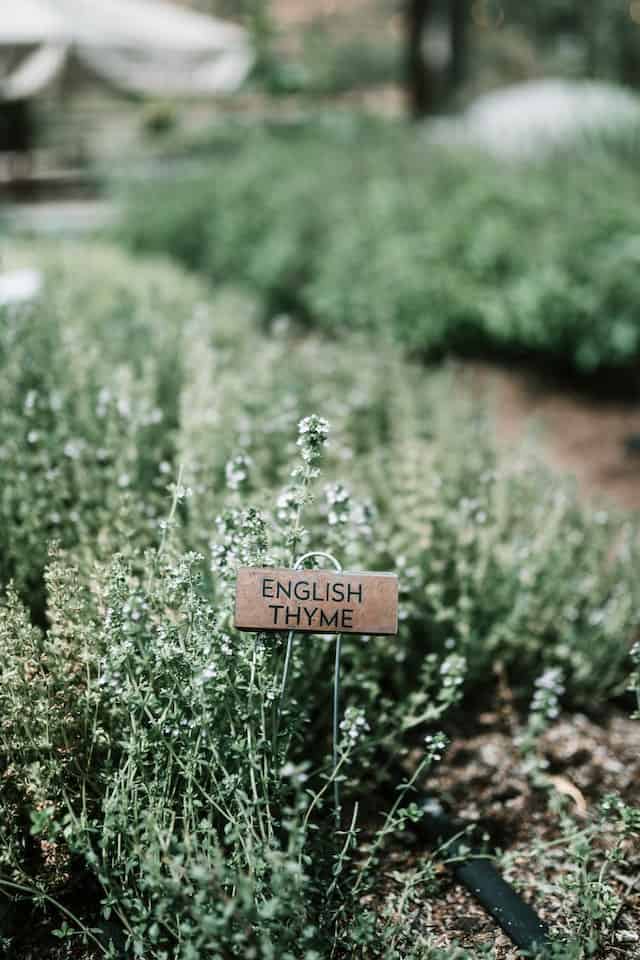
Temperature Tolerance: Thyme grows ideally at temperatures around 70°F to 80°F and is quite hardy against drought.
Planting Dates: June is a great time to plant thyme as the growing season kicks into high gear.
Additional Information: Thyme is a perennial herb that thrives in well-drained soil. Its grazing foliage can serve as ground cover or ornamental edging, contributing both culinary and aesthetic value.
Chives

Temperature Tolerance: Chives can tolerate cooler conditions but prefer the warmth of 60°F to 75°F for optimal growth.
Planting Dates: Plant chive seeds or transplants in June for fresh greens that will grow well through late summer.
Additional Information: Chives can be divided every few years to maintain healthy growth. They are excellent companions for various plants, helping to deter pests.
Parsley
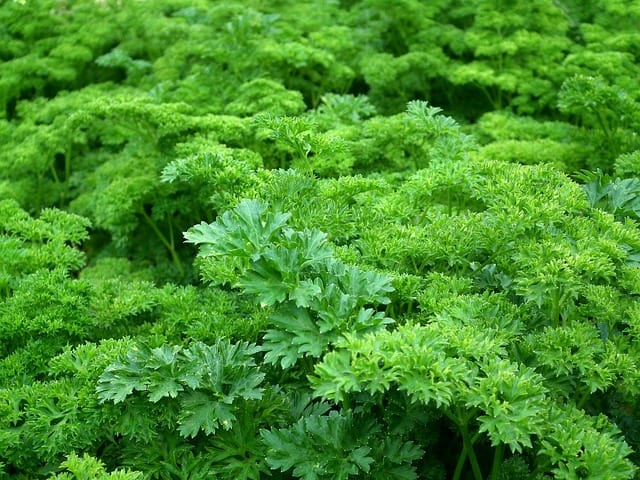
Temperature Tolerance: Parsley thrives best in moderate temperatures between 60°F and 75°F, although it can tolerate cooler nights.
Planting Dates: Start parsley in early June to enjoy a fresh harvest throughout the summer.
Additional Information: Parsley can be grown as either a biennial or annual crop, allowing for regrowth in the second year. Besides culinary uses, it attracts beneficial insects, making it a dual-purpose herb.
Mint
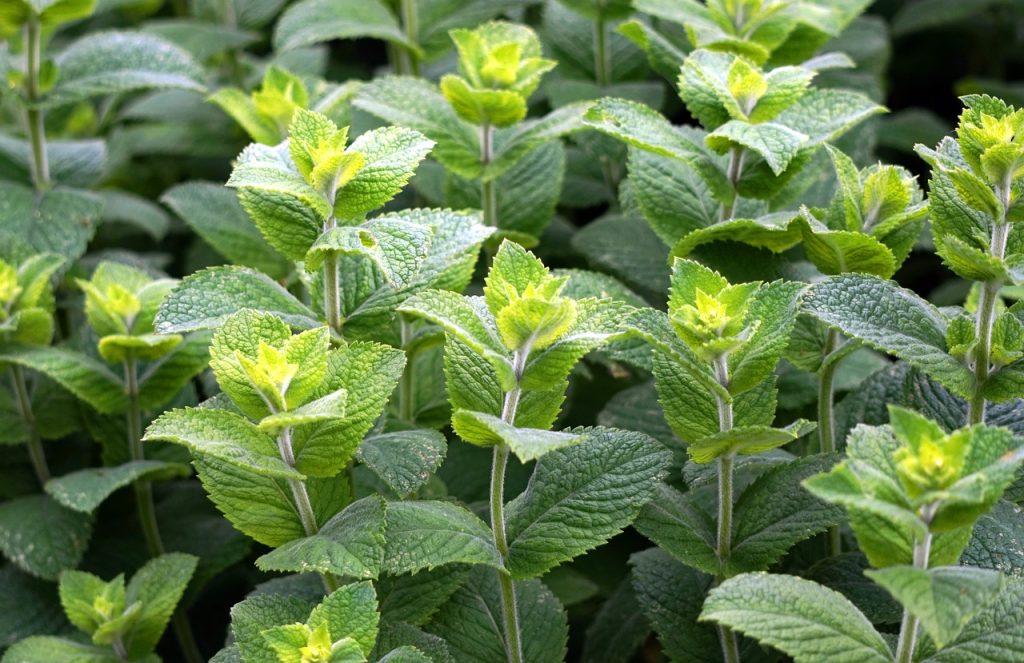
Temperature Tolerance: Mint prefers warmer temperatures, especially between 70°F and 80°F, and is remarkably adaptable.
Planting Dates: June is suitable for planting mint; however, consider using pots to contain its vigorous growth.
Additional Information: Mint is incredibly invasive, so confining it to containers will prevent it from taking over your garden. It’s a refreshing herb that serves culinary uses while attracting pollinators.
Sage

Temperature Tolerance: Sage thrives in warm conditions, doing best between 70°F and 80°F.
Planting Dates: June is the perfect time to plant sage, as it loves the rising summer temperatures.
Additional Information: Sage is a perennial herb known for its beautiful foliage and culinary versatility. It requires well-drained soil and ample sun for optimal growth.
Lemon Balm

Temperature Tolerance: Lemon balm enjoys moderate to warm temperatures between 60°F and 80°F.
Planting Dates: Plant lemon balm in June as its flavor and aroma develop in warmer conditions.
Additional Information: This hearty herb is excellent for teas, and its fragrant leaves can deter pests. Pruning back the flowers can lead to prolonged leaf growth.
Landscape Plants To Plant In June
Adding plant life to your landscape enhances beauty, structure, and biodiversity. Here are ten landscape plants well-suited for planting in June in Zone 5.
Black-eyed Susans

Temperature Tolerance: Black-eyed Susans thrive best in temperatures between 70°F and 85°F.
Planting Dates: Seeds can be planted in mid-June for rapid growth and bright blooms later in the summer.
Additional Information: These hardy perennials require full sun and are great for attracting pollinators. Their adaptability makes them suitable for various soil types, and they can tolerate drought once established.
Coneflowers
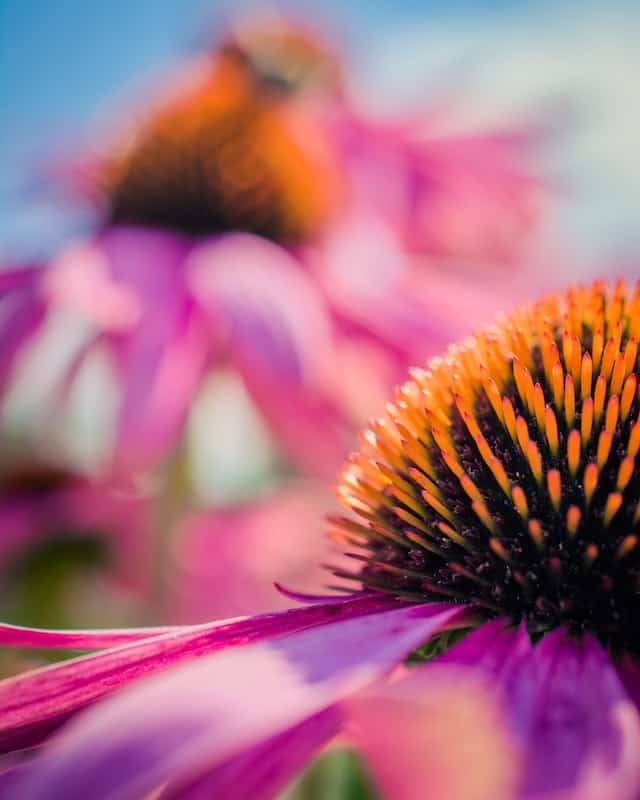
Temperature Tolerance: Coneflowers prefer warm temperatures, usually thriving around 70°F to 85°F.
Planting Dates: Plant coneflower seeds in early to mid-June for stunning blooms that continue to attract butterflies.
Additional Information: These robust perennials are drought-tolerant and disease-resistant. They can be left standing over winter to provide seed for birds, adding ecological value to your garden.
Daylilies
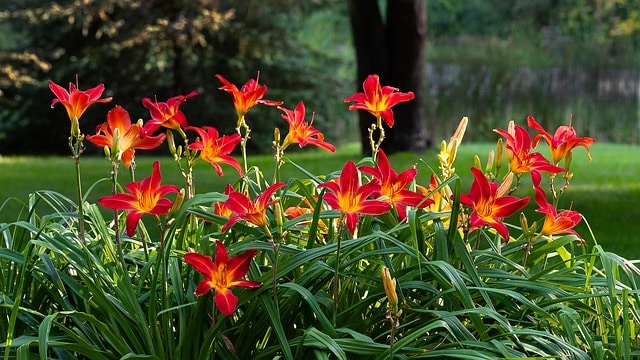
Temperature Tolerance: Daylilies do well in temperatures ranging from 40°F to 90°F, making them hardy and adaptable.
Planting Dates: June is ideal for planting daylilies; ensure they are placed in sunny locations for the best blooms.
Additional Information: Often labeled as “no-fuss” garden plants, they produce a variety of blooms and are perfect for borders and mass plantings. Daylilies are also drought-resistant once established.
Russian Sage
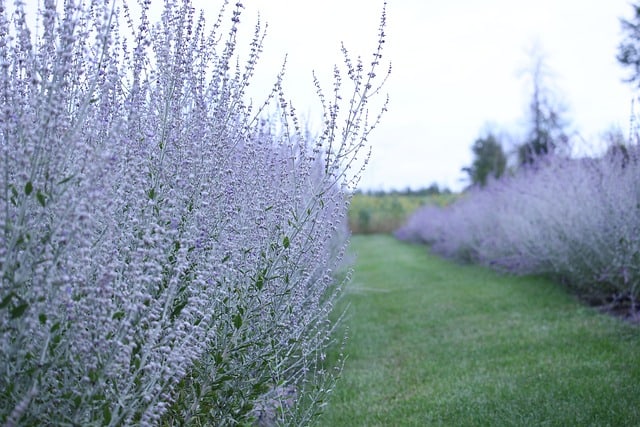
Temperature Tolerance: Russian sage prefers well-drained soil and does well in temperatures ranging from 70°F to 90°F.
Planting Dates: Plant in June to allow this elegant perennial time to establish its roots before summer heat sets in.
Additional Information: This drought-resistant plant complements various garden styles and grows well in poor soil. Its aromatic foliage and vibrant purple flowers attract pollinators.
Coreopsis
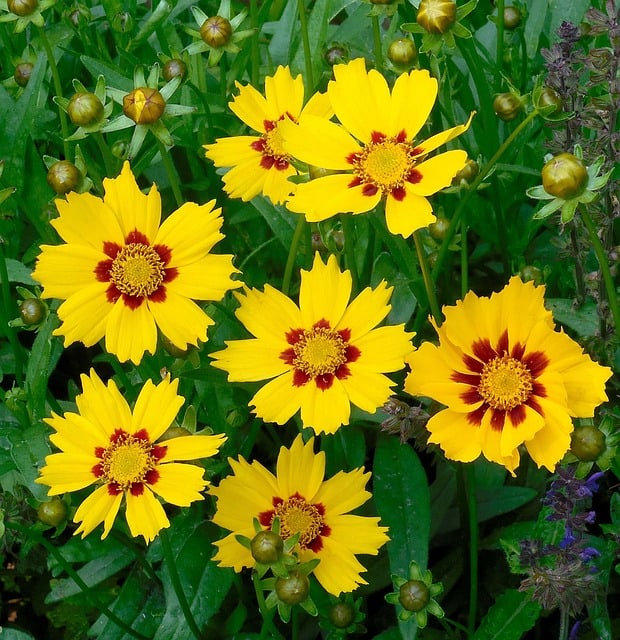
Temperature Tolerance: Coreopsis enjoys warm temperatures, thriving well between 70°F to 85°F.
Planting Dates: Sowing seeds in mid-June will ensure a vibrant display of blooms throughout the summer.
Additional Information: Coreopsis requires minimal maintenance and can thrive in low-nutrient soils, making it an ideal candidate for beginner gardeners. Its flowers provide nectar for bees and butterflies.
Fountain Grass
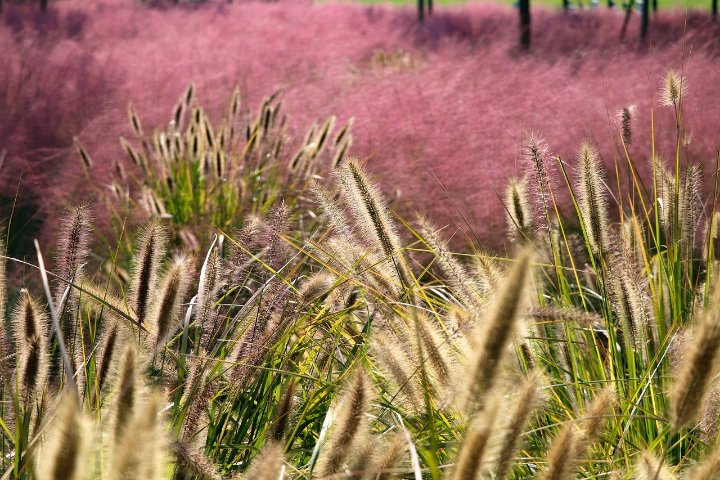
Temperature Tolerance: Fountain grass flourishes in warm conditions above 70°F. It is sensitive to frost but thrives in a wide range of soil types.
Planting Dates: June is ideal for planting fountain grass to allow ample time for establishing roots before summer heat peaks.
Additional Information: Fountain grass features stunning plumes that add texture and movement to the landscape. It’s a great choice for creating focal points.
Butterfly Bush
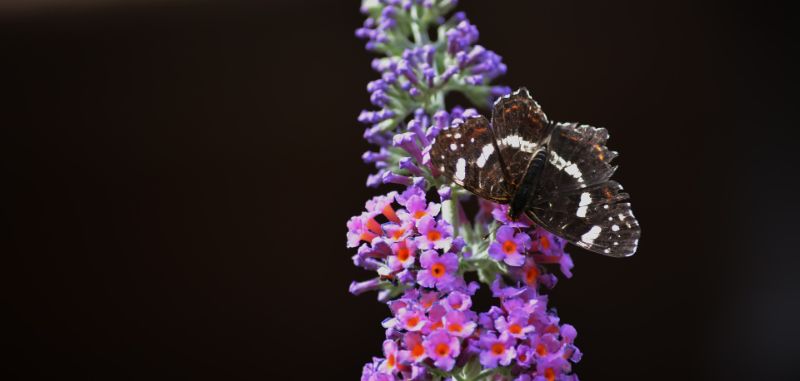
Temperature Tolerance: This plant prefers warmer temperatures, doing best between 70°F and 90°F.
Planting Dates: Plant butterfly bushes in June for robust summer blooms that attract butterflies and hummingbirds.
Additional Information: Known to be invasive in some regions, check with local guidelines about planting. They thrive in full sun and add vibrant color to your garden while providing magnificent height.
Sedum

Temperature Tolerance: Sedum is extremely drought-tolerant and does well in temperatures ranging from 60°F to 80°F.
Planting Dates: You can plant sedum in June to create low-maintenance ground cover or succulent gardens.
Additional Information: Sedum varieties offer striking fall colors, making for dramatic landscapes. These plants are favorites for rock gardens or areas needing low-maintenance options.
Hollyhocks

Temperature Tolerance: Hollyhocks are biennial and thrive in temperatures between 40°F to 90°F but prefer warmer weather during growth.
Planting Dates: June is still a suitable time to establish hollyhock seeds for late summer or early fall blooms.
Additional Information: These tall, showy plants create striking vertical elements in beds and borders. They require good air circulation to prevent disease, so spacing them out is crucial.
Weigela
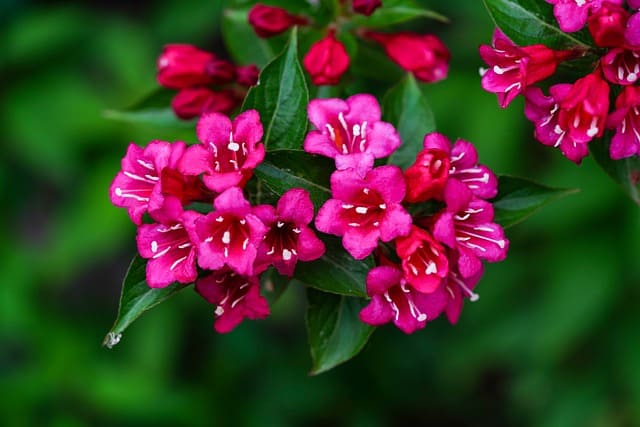
Temperature Tolerance: Weigela prefers well-drained soil and thrives in temperatures between 70°F to 80°F.
Planting Dates: June is ideal for planting Weigela, as this timing helps them establish strong roots before summer heat.
Additional Information: With stunning trumpet-shaped flowers, Weigela can produce continuous blooms throughout the summer months. They work well in mixed borders and attract hummingbirds.



